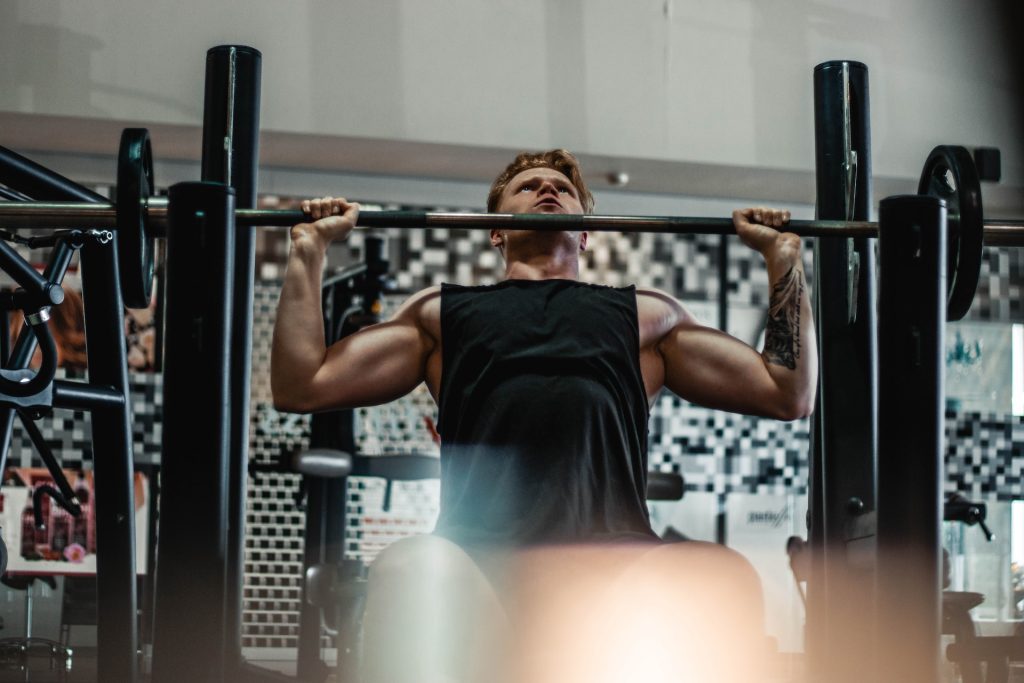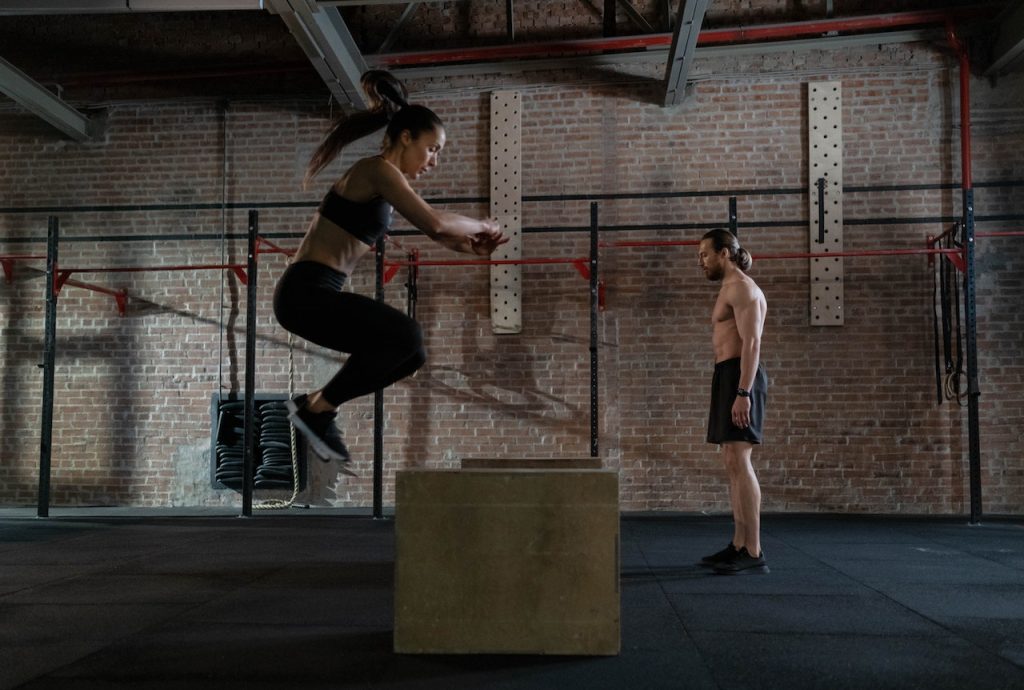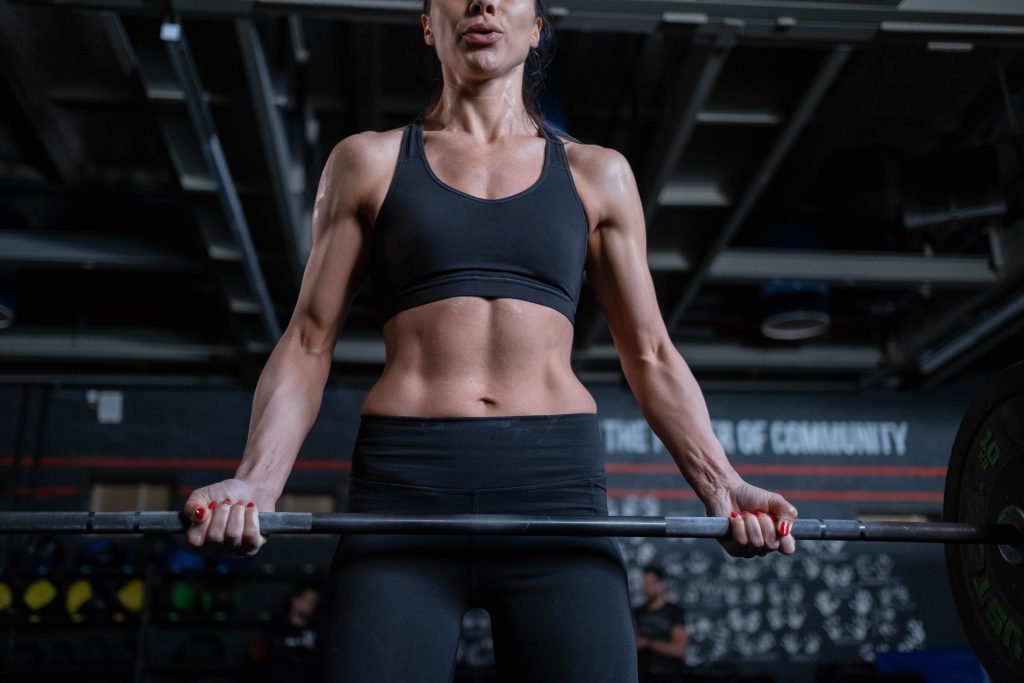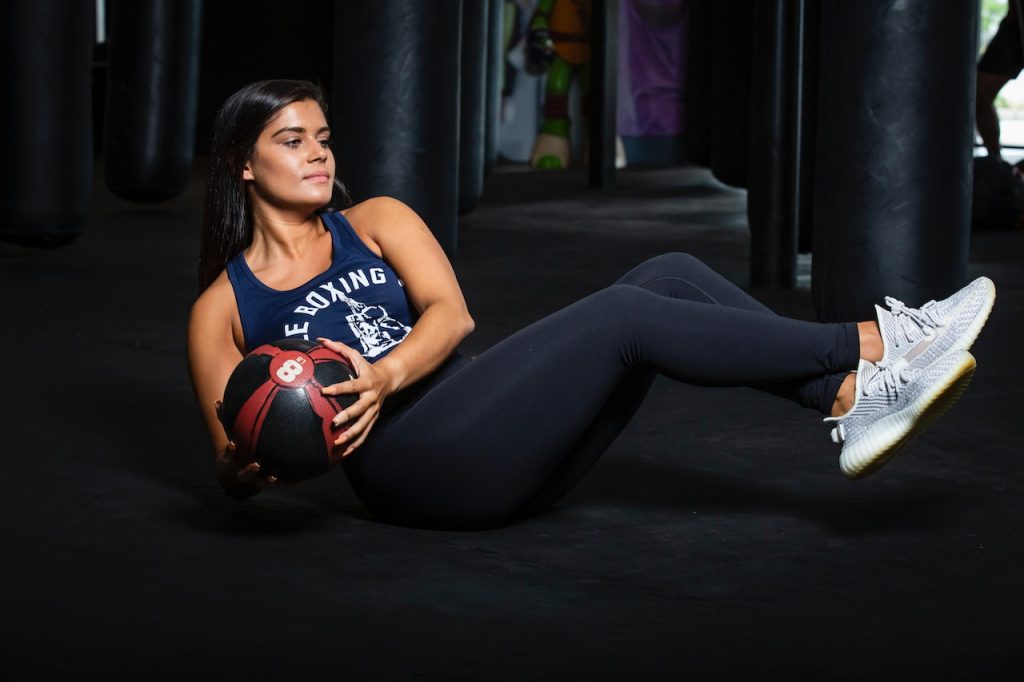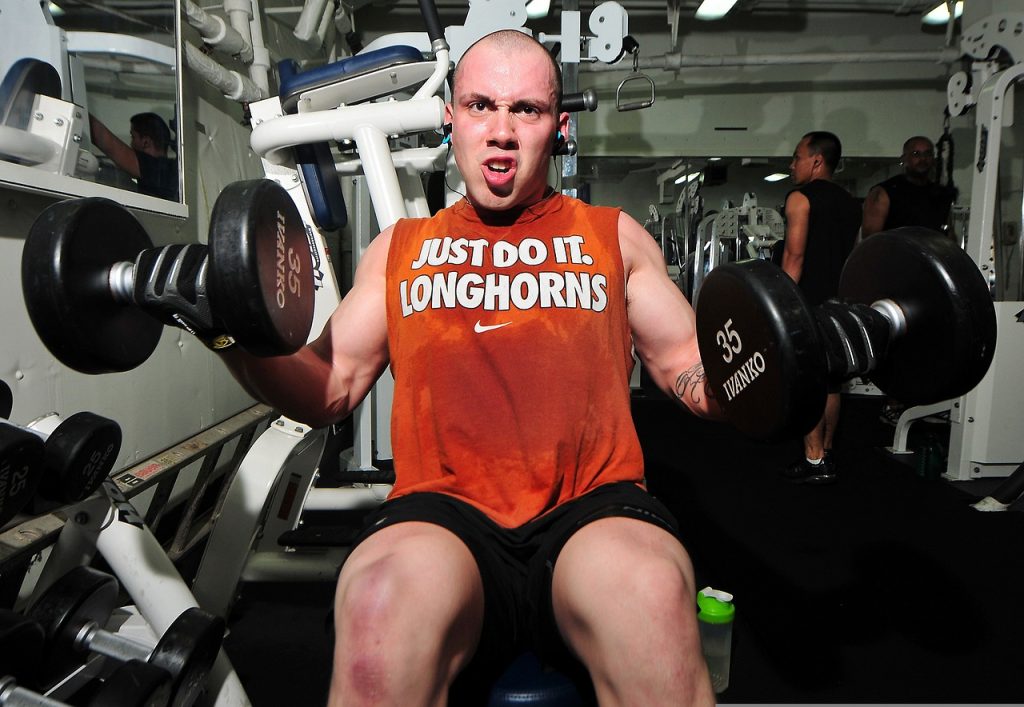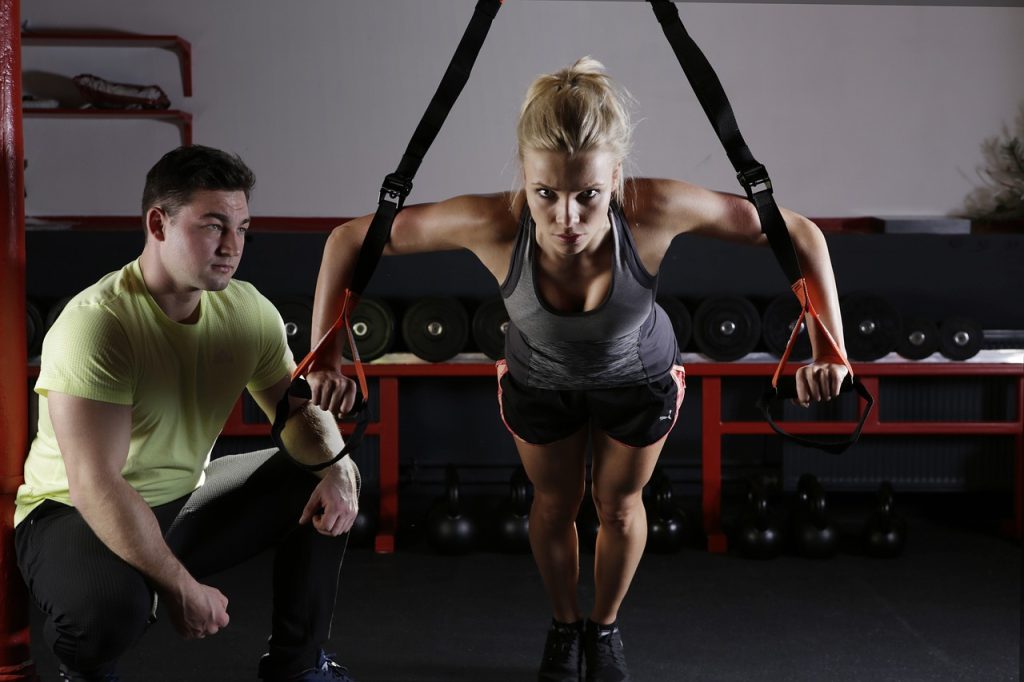Fitness for Busy Professionals: Time-Efficient Workouts for Productivity
The paradox of life: we often sideline our own health and fitness while immersed in our bustling work routines. Sounds uncannily familiar, doesn’t it? Trust me, you’re in good company. This is the reality for countless professionals grappling with demanding careers and packed schedules. But let’s shatter a common myth: it’s not about having time, it’s about creating it. And here’s the best part: you don’t have to live in the gym to achieve your fitness goals. Piecing Together Work, Life, and Wellness As a busy professional, your schedule probably looks like a well-played chess game—meetings here, deadlines there, and networking events sprinkled throughout. Where, you may ask, can fitness possibly fit into this intricate puzzle? Have you ever heard the proverb, “A sound mind in a sound body”? This isn’t just an eloquent expression; it’s a testament to the symbiosis between our mental and physical well-being. Improved fitness translates into heightened mental acuity, enhanced mood, and increased productivity, the very elements propelling a thriving professional life. Charting Your Fitness Journey First off, ask yourself: what does “getting in shape” mean to you? Is it shedding a few pounds, gaining lean muscle, ramping up stamina, or just feeling better in your skin? It’s essential to articulate your goals clearly. Remember, Rome wasn’t built in a day. Treat fitness as an enriching journey rather than a quick stop. Break it down into achievable steps. High-Intensity Interval Training (HIIT): Your Time-Saving Fitness Ally Time, the most coveted commodity for busy individuals. That’s where HIIT strides in, cape flowing in the wind. These workouts alternate between intense bouts of exercise and brief recovery periods. They’re quick, potent, and proven to torch fat more effectively than conventional steady-state cardio. Why not give a 20-minute HIIT session a shot? Just like that, a comprehensive workout in the time it takes to watch your favorite sitcom. The Power of Strength Training When we think of getting in shape, cardio exercises often leap to the forefront of our minds. However, the underestimated hero of fitness is strength training, a versatile and powerful component that should be a part of everyone’s exercise regimen. It’s not about transforming into a bodybuilder (unless that’s your goal, of course); it’s about reaping the myriad benefits that strength training offers. Fires Up Metabolism and Burns Fat Strength training, unlike some forms of exercise, creates a sort of metabolic afterburn, otherwise known as Excess Post-Exercise Oxygen Consumption (EPOC). It’s like revving up the engine of a car even after you’ve arrived at your destination. The result? Your body continues to burn calories even after you’ve completed your workout. This phenomenon, paired with the fact that muscle tissue is metabolically more active than fat, means that the more muscle you build, the higher your resting metabolic rate becomes. Talk about getting a bang for your workout buck! Builds Lean Muscle and Enhances Body Composition As the saying goes, “You don’t have to get big to get strong.” Strength training is a fantastic way to build lean muscle mass and improve body composition, making you look toned and strong. It’s not about the numbers on the scale; muscle weighs more than fat. By swapping fat for muscle through strength training, you’ll be rewarded with a more defined, athletic physique. Bolsters Bone Health and Fends Off Aging Here’s a fun fact: our bone density begins to decline as we hit our late twenties. Rather frightening, isn’t it? But, fret not. Just as muscles grow stronger with resistance exercise, so do bones. When you perform strength training exercises, it stresses the bones, which responds by increasing bone density. This helps to decrease the risk of osteoporosis and fractures in the future. In essence, strength training helps keep the ravages of time at bay, making it a life-long companion for maintaining health and vitality. Boosts Performance and Prevents Injuries Strength training not only improves muscular strength but also contributes to better balance, coordination, and posture. For athletes and non-athletes alike, this means enhanced performance in physical activities and a lower risk of injuries. Strength training fortifies your body, helping to guard against common issues such as back pain and joint problems. You might be thinking, “This sounds great, but how can I fit long strength training sessions into my already jam-packed day?” That’s the beauty of it. You don’t need to carve out hours from your schedule. Embrace the ethos of quality over quantity. Compound exercises, which target multiple muscle groups at once, are your secret weapon. Squats, deadlifts, lunges, push-ups, and pull-ups are all excellent examples of compound exercises that provide a big payoff in a short amount of time. Remember, strength training isn’t exclusive to gym-goers with endless time. With just a few additions and adjustments to your routine, you can reap the remarkable benefits of strength training. So, whether you’re a busy professional, a parent juggling multiple responsibilities, or someone who wants to take a step towards a healthier lifestyle, strength training can be your powerful ally on this journey. After all, a stronger you is a better you. Stretching: The Forgotten Art of Recovery Ever noticed how a cat luxuriously stretches after waking from its nap? They’re onto something. Stretching enhances flexibility, aids recovery, and helps prevent injuries. It’s an ideal antidote to a busy day. Nutrition: The Key to Fuel Your Success Ever tried running a car without gas? It won’t get you far. The same holds true for our bodies. Your food is your fuel, and your dietary choices directly shape your fitness journey. Building a Fitness Routine: It’s All About Habits Notice how brushing your teeth is an automatic part of your morning routine? You don’t give it a second thought. That’s the magic of habits. In fitness, consistency is the golden rule, and the best way to ensure consistency is by turning fitness into a habit. Start small, remain consistent, and before you know it, you’ll be cruising towards your fitness goals on auto-pilot. Key Insights In the grand


